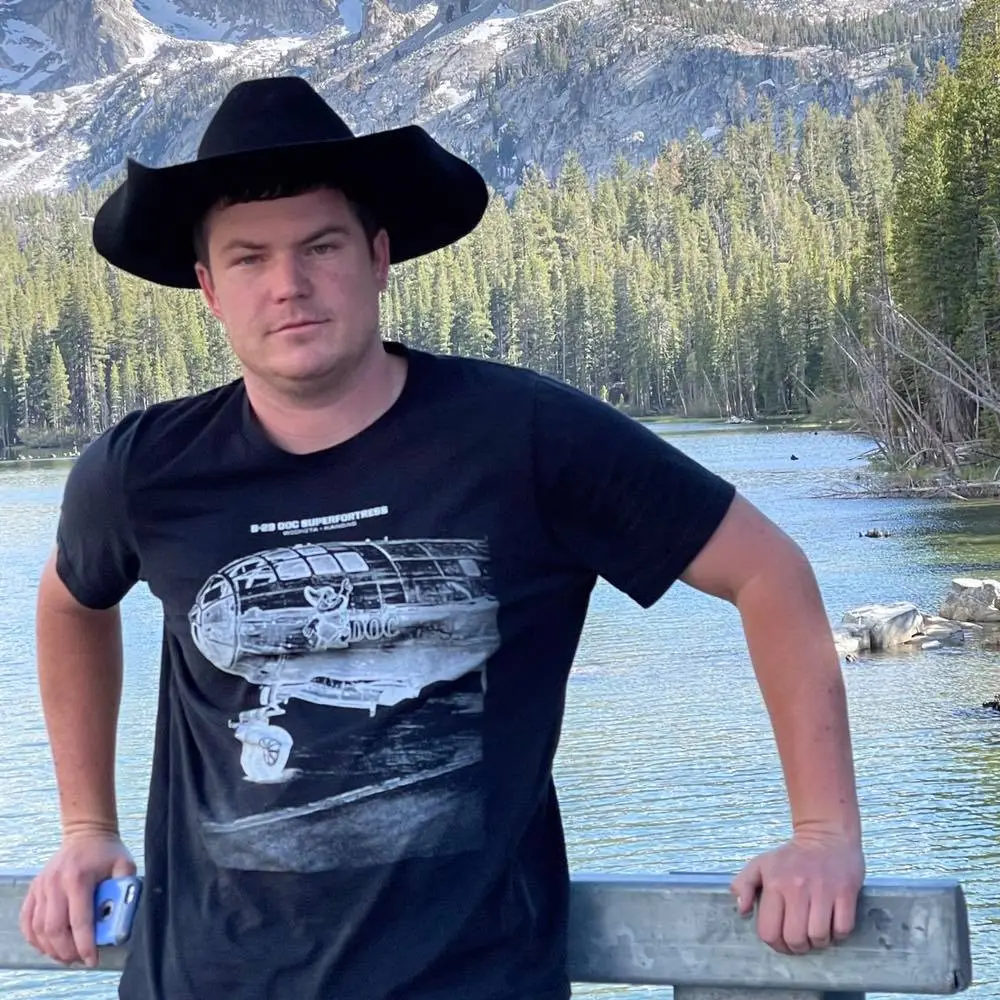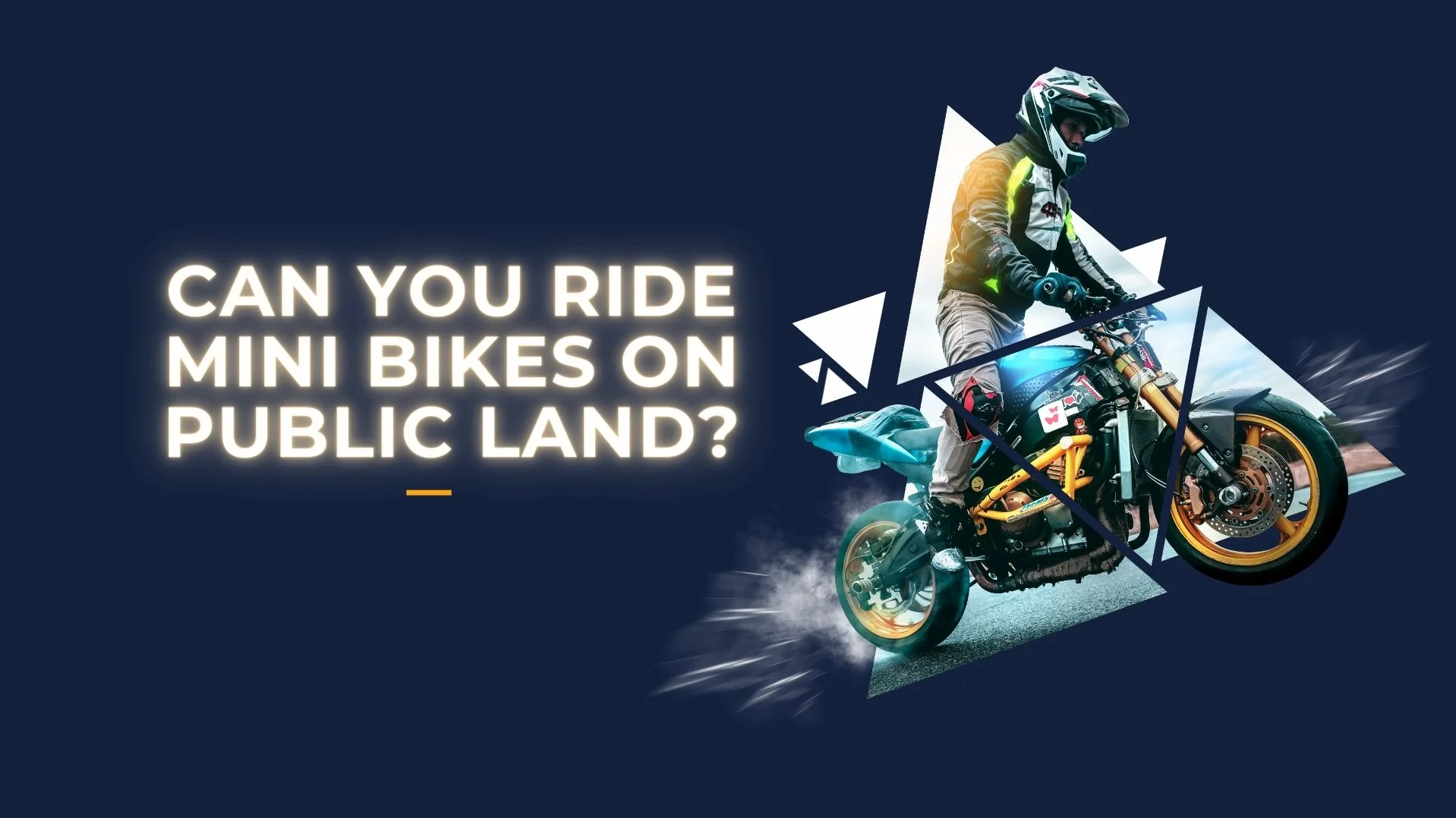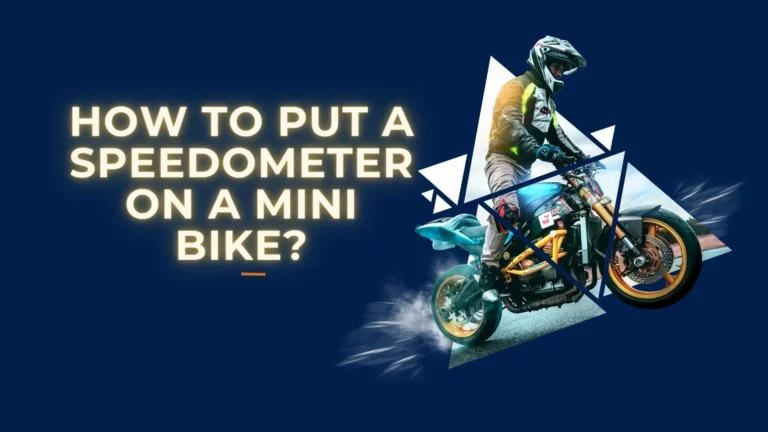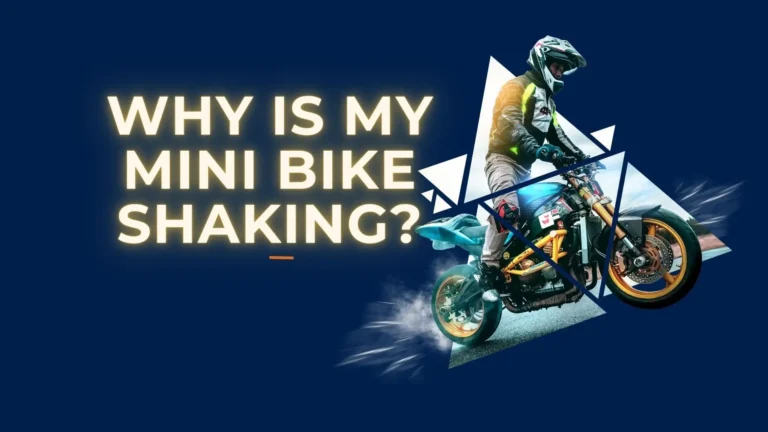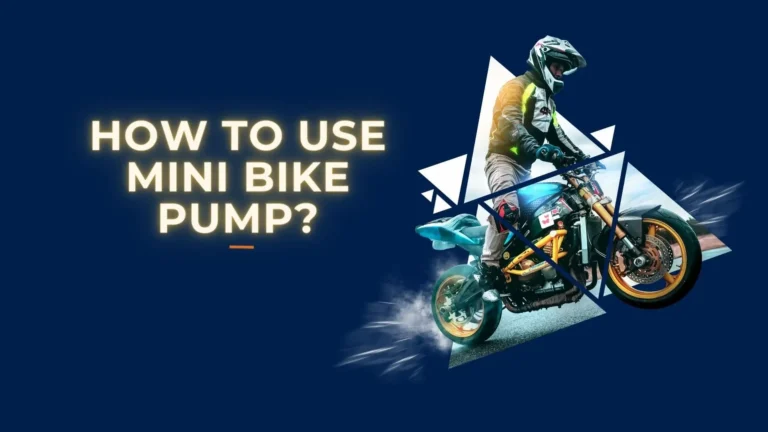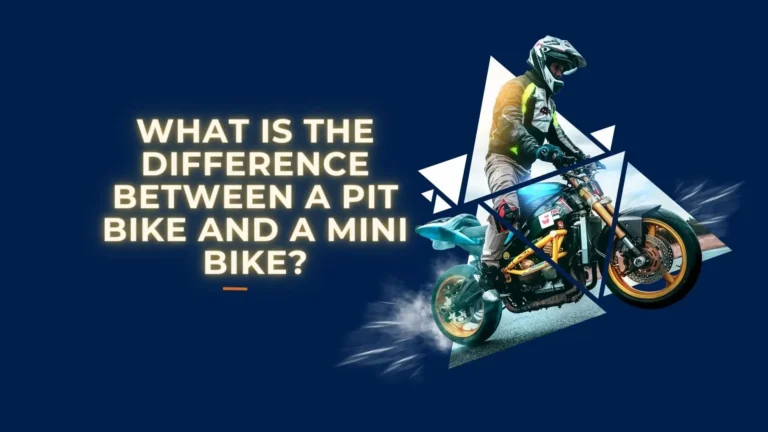Can You Ride Mini Bikes on Public Land?
As a mini bike enthusiast, I eagerly awaited the chance to ride my new bike on the many public lands around me. But I quickly discovered not all public lands permit mini bikes, and those that do often have specific guidelines to follow.
After extensive research untangling the web of local, state, and federal laws dictating where I could legally ride, I uncovered some amazing opportunities for responsible mini bike adventures on public lands. The key was finding designated off-highway vehicle (OHV) areas within Bureau of Land Management (BLM) territory and National Forests.
In this article, I’ll share what I learned about how to locate and responsibly enjoy mini bike trails across different public lands. I’ll provide insights into researching regulations, securing proper registrations, and respecting each area’s rules. Mini bike riders can both protect these environments and access incredible riding destinations with the right approach.
Riding Mini Bikes on BLM Land
The Bureau of Land Management (BLM) oversees millions of acres of public lands across the United States, predominantly in the western states. Much of this land is open for recreational activities like off-highway vehicle (OHV) riding on mini bikes and other machines. Check this Top BLM Motorized Recreational Opportunities Interactive Map to find specific areas to visit.
- Riding OHVs like mini bikes on BLM land is allowed on designated roads, trails and open areas. You must acquire state registration and spark arresters as required.
- Avoiding riding over vegetation or disturbing wildlife on BLM land is essential. Staying on established paths prevents erosion and habitat damage.
- Locating BLM lands with specific OHV recreation areas that have trail maps showing where to ride provides great mini bike adventures.
- Riding on Colorado’s BLM lands near Fort Morgan and Brush offers vast connecting OHV trails through beautiful prairie and canyon landscapes, for example.
Researching the local field office’s rules, staying on trail, and avoiding sensitive areas ensures BLM lands remain open for responsible mini bike riders to enjoy.
Riding in National Forests
The National Forest system manages tens of millions of acres of public lands, many of which allow OHV use on designated trails.
- Researching the rules in each specific National Forest is necessary, as policies vary between forests.
- Finding Motor Vehicle Use Maps on National Forest websites that identify open OHV trails is the best approach.
- Following spark arrestor requirements and state OHV registration laws enables legal and responsible National Forest trail riding.
- The National Forests website provides a tool to search for forests by state and activity. Using this to find “OHV use” forests in your state locates mini bike-friendly areas.
- Some National Forests, like Colorado’s Pike & San Isabel, offer extraordinary OHV trail networks spanning mountain scenery.
Checking each National Forest’s website for use maps, trail conditions, and other rules ensures your mini bike adventures stay within their permitted use guidelines.
Limitations in National Parks and Wildlife Refuges
While public lands like BLM and National Forests often permit OHVs, options are far more limited in National Parks and Wildlife Refuges.
- Riding OHVs like mini bikes in National Parks is prohibited, except on a very few designated trails.
- National Park Service land is highly protected, so research thoroughly before assuming mini bike use is allowed.
- Wildlife refuges managed by the U.S. Fish and Wildlife Service generally prohibit OHVs like mini bikes, with only rare exceptions.
- The mission of protecting wildlife habitats and endangered species limits motorized recreation in refuges.
- Special permits for limited OHV access may be granted at a few refuges in conjunction with hunting access.
While the scenery of National Parks and remote refuges appeals to mini bike riders, these lands are intentionally restricted. Enjoy them by other means and ride your mini bike responsibly elsewhere. You can check the National Park Website from here.
Opportunities on State and Local Land
While federal public lands offer many mini bike trails, state, county and city public parks can also provide great riding opportunities.
- Lots of dedicated OHV trails are available on state and local lands, but access varies greatly by location.
- Options range from extensive OHV trail networks in state forests to limited dirt bike paths in a county park.
- Researching the rules individually for each state and local area is necessary to find permitted mini bike trails.
- State government websites detail any OHV registration requirements and areas open to registered vehicles.
- Local parks may allow mini bikes on dirt trails but prohibit unregistered motor vehicles on paved paths and roads.
With proper research and registration, thousands of miles of state and local OHV trails across the country can offer mini bike riders scenery from mountains to deserts to coastal plains.
Respecting the Environment and Rules
When riding mini bikes on public lands, it is essential to be a responsible and ethical rider by following guidelines and minimizing your impact.
- Staying on designated trails and avoiding damage to plants, wildlife, and soils is critically important for preservation.
- Public lands allow OHVs as a privilege – don’t jeopardize access for everyone by disregarding the rules.
- Carefully follow all posted regulations, permits, equipment requirements, and area closures.
- If an area prohibits mini bikes or doesn’t explicitly allow them, find alternative locations to ride responsibly.
- Avoid conflicts with other public land users by being courteous and yielding right of way when needed.
By becoming an informed, safety-conscious, and conscientious mini bike rider, we protect natural habitats for the long term and secure continued access to amazing outdoor recreation.
Conclusion
Riding a mini bike offers adventure, freedom, and connection with nature. Enjoying this recreation responsibly on public lands requires research and respect.
- Before setting out, check land agency websites for OHV access, trail maps, use permits, and equipment requirements.
- Follow all posted regulations during your rides and avoid sensitive habitats.
- Acquire proper state registrations where required.
- Be an ambassador for the mini bike community by riding ethically.
Our public lands are for all to enjoy when used conscientiously. With responsible riding practices, we can protect the environment and access amazing mini bike trails spanning the country. Respect the land, its wildlife, and other users to ride on.
